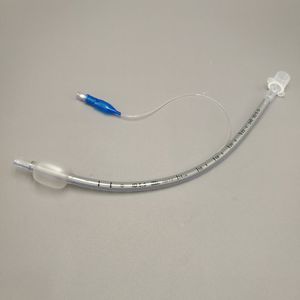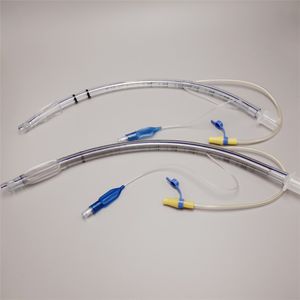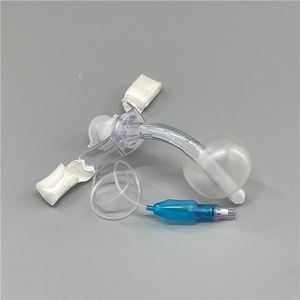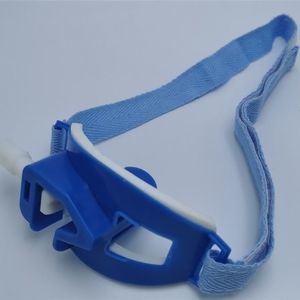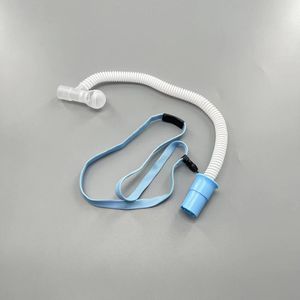
- Primary care
- Emergency medicine, Resuscitation
- Double-lumen endobronchial tube
- Hangzhou Formed Medical Devices
- Company
- Products
- Catalogs
- News & Trends
- Exhibitions
Double-lumen endobronchial tube PA34L series
Add to favorites
Compare this product
Characteristics
- Options
- double-lumen
Description
1. Made of medical grade PVC , Clear and smooth
2. High volume, low pressure cuff maintains good sealing
3. Murphy eye to avoid complete respiratory obstruction
4. Equipped with 1 stylet, 1 switch connector and 2 suction catheters.
5. Used for one-lung ventilation, in the OPS of bronchus, thoracic surgery etc.
6. Left-side and Right-side available.
Endobronchial tubes are used in thoracic surgery. Double-lumen tubes all have cuffed endobronchial portions and tracheal cuffs. The endobronchial parts are curved to the left or right. They are passed blindly and their position should be confirmed bronchoscopically. The main disadvantage of right sided tubes concerns the short length of the right main bronchus before giving off the upper lobe bronchus (risk of occlusion). Thus, left-sided tubes are usually preferred, even for right-sided surgery, because of the risk of inadequate ventilation of the right upper lobe if incorrectly positioned.
Indications for one-lung ventilation
The indications for one-lung ventilation (OLV) are divided into two groups: absolute and relative. The decision to use an endobronchial blocker is clinical and should be based on a consideration of risk versus benefit. Double-lumen tubes and endobronchial blockers function differently. Double-lumen endotracheal tubes isolate ventilation, separating the right and left pulmonary units using two separate endotracheal tubes. An endobronchial blocker blocks ventilation to a pulmonary segment. Endobronchial blockers are balloon-tipped catheters that are placed in the portion of the trachea that is to be blocked (usually the right or left main stem bronchus).
Other Hangzhou Formed Medical Devices products
Endotracheal Tube
Related Searches
- Cannula
- Suction cannula
- Curved cannula
- PVC medical mask
- Endotracheal tube
- Silicone medical mask
- Intubation cannula
- Disposable cannula
- Ambu bag
- Supraglottic airway device
- Oral endotracheal tube
- Injection cannula
- Flexible cannula
- Silicone laryngeal mask
- Manual resuscitator with valve
- Tracheotomy cannula
- Disposable laryngeal mask
- Reusable medical mask
- Manual resuscitator with mask
- Silicone ambu bag
*Prices are pre-tax. They exclude delivery charges and customs duties and do not include additional charges for installation or activation options. Prices are indicative only and may vary by country, with changes to the cost of raw materials and exchange rates.






